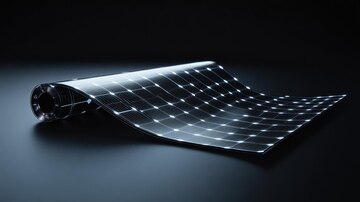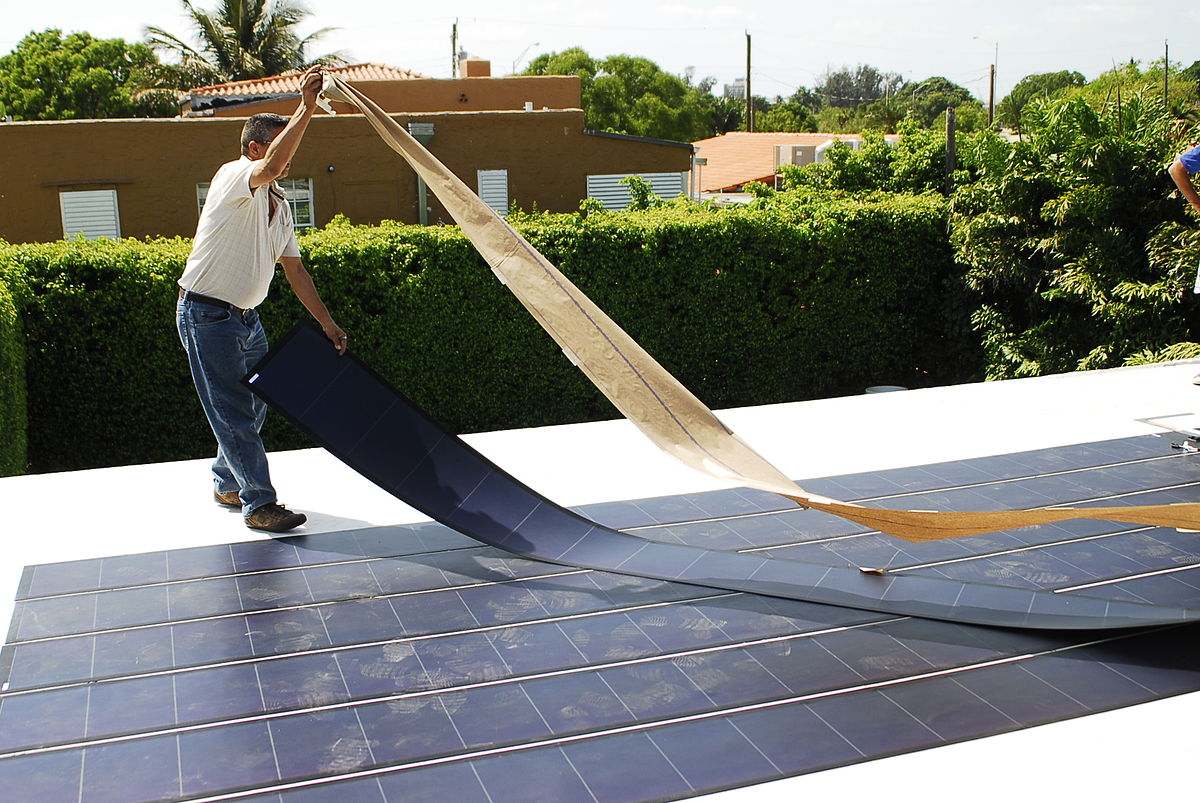In a world increasingly driven by smart devices and sustainable innovation, flexible solar panels are emerging as a game-changer—especially for the booming field of wearable technology. From fitness trackers and smartwatches to smart clothing and medical wearables, the integration of solar power into flexible, lightweight designs could redefine how we power our lives on the go.
In a world increasingly driven by smart devices and sustainable innovation, flexible solar panels are emerging as a game-changer—especially for the booming field of wearable technology. From fitness trackers and smartwatches to smart clothing and medical wearables, the integration of solar power into flexible, lightweight designs could redefine how we power our lives on the go.

Unlike traditional rigid silicon panels, flexible solar panels are made with materials like thin-film photovoltaic cells, such as CIGS (Copper Indium Gallium Selenide) or organic solar cells. These panels are:
Their flexibility makes them ideal for non-flat surfaces, such as human bodies or clothing, without sacrificing efficiency.
Wearables demand compact, mobile-friendly energy sources. Here’s why flexible solar panels are a perfect fit:
Imagine a smartwatch that never needs to be plugged in, or a jacket that charges your phone while you walk—it’s not science fiction anymore.
The potential uses are vast:
Companies like Samsung, Wearable Solar, and MIT researchers are already prototyping and testing such applications.
Of course, there are still a few hurdles:
But with advances in materials science and nanotechnology, these problems are rapidly being addressed.

The demand for sustainable, always-on devices is growing. As battery technology improves and flexible solar panels become more affordable and durable, they could soon become standard in wearable electronics.